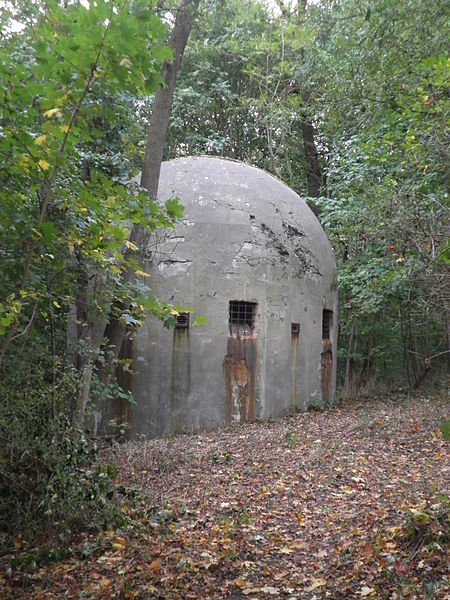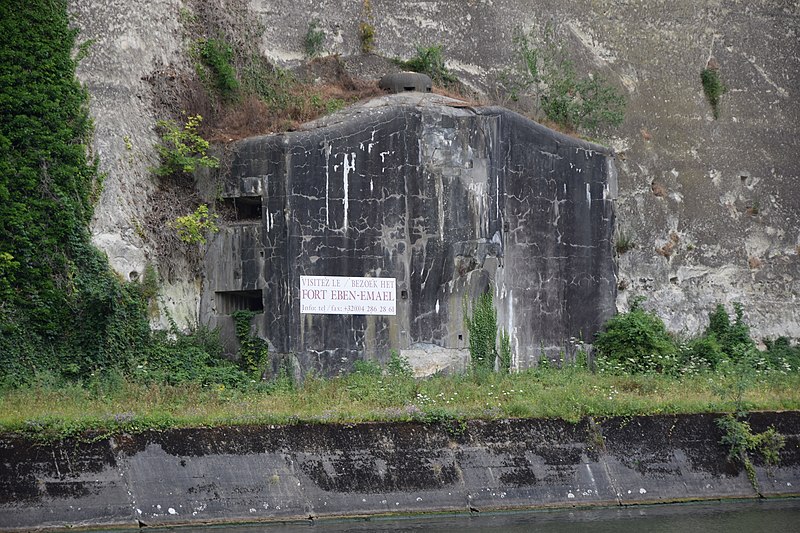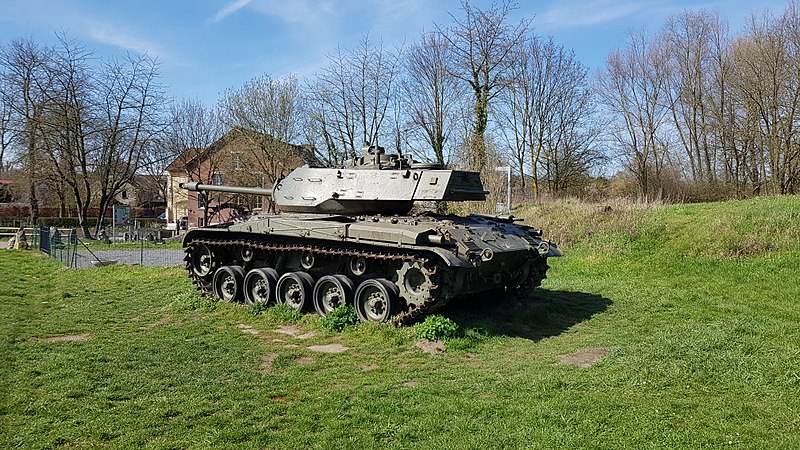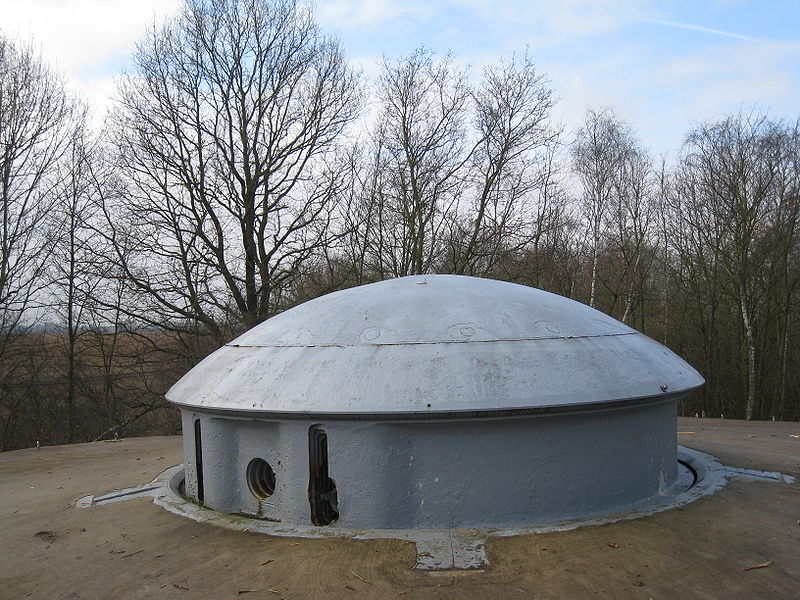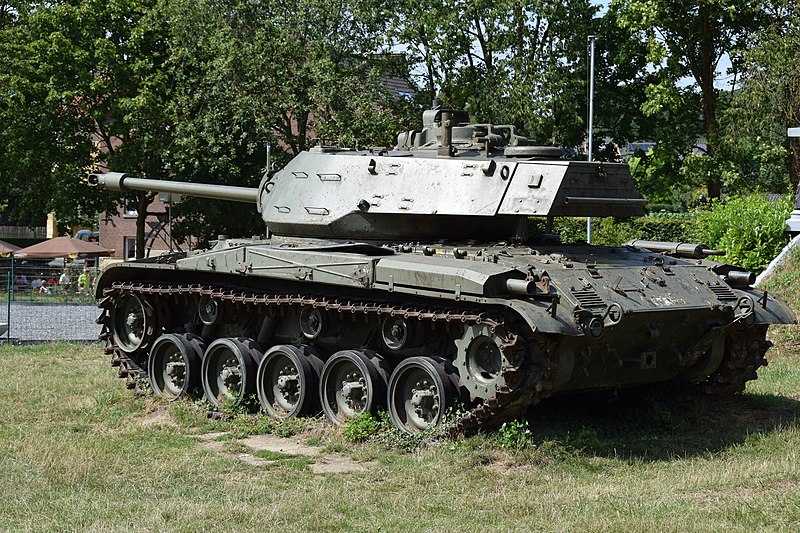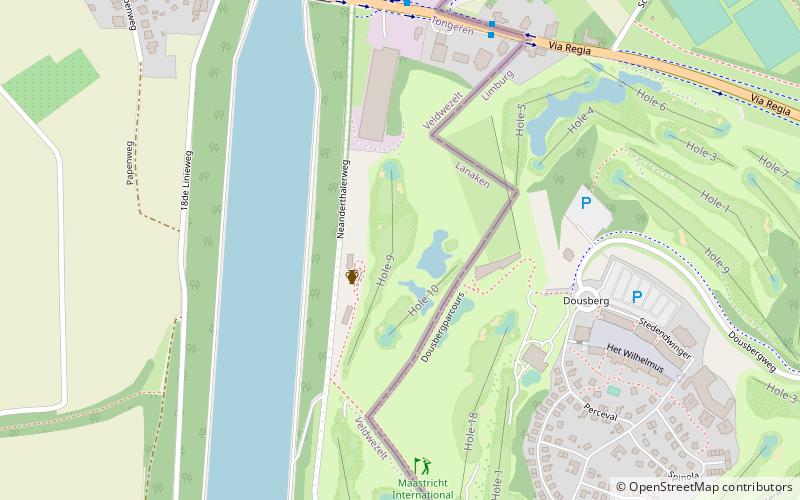Fort Eben-Emael
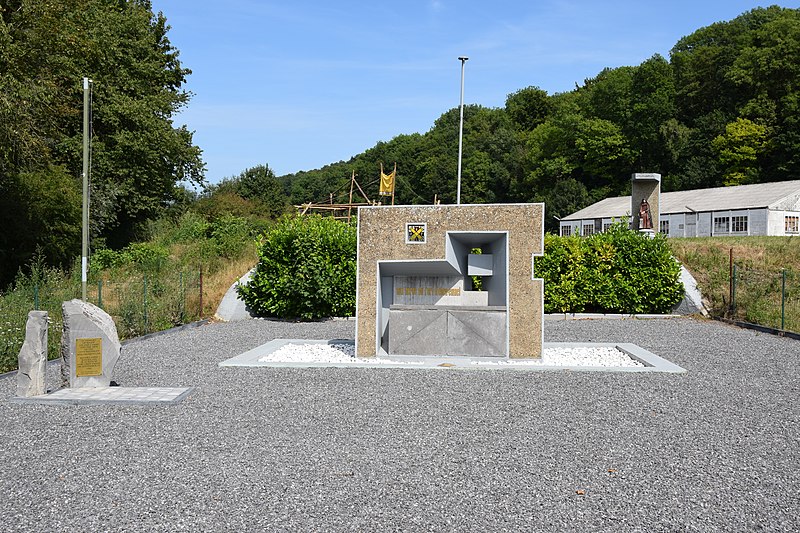
Facts and practical information
Fort Eben-Emael stands as a historical testament to Belgium's military past, now transformed into a museum that beckons visitors to explore its complex narrative. Constructed in the 1930s, this fortress was regarded as one of Europe's most formidable fortifications, designed to protect Belgium from potential invasions. It is situated near the city of Liège, at the junction where the Jeker River meets the Albert Canal, and close to the Belgian-Dutch border.
The fort's most significant moment in history came at the dawn of World War II when it was attacked and captured by German paratroopers in May 1940. This event marked a turning point in military strategy, showcasing the effectiveness of airborne assault and the vulnerability of even the most secure strongholds. The fall of Fort Eben-Emael was a prelude to the rapid defeat of Belgium and had a profound impact on the early stages of the war.
Today, Fort Eben-Emael has been preserved as a museum, inviting visitors to walk through its underground corridors and explore its gun emplacements and barracks. The museum offers guided tours that provide insights into the life of soldiers stationed at the fort, the innovative defense mechanisms, and the dramatic events of its capture. Visitors can also see the damage inflicted by the German forces during the assault, which remains a stark reminder of the fort's violent past.
Fort Eben-Emael – popular in the area (distance from the attraction)
Nearby attractions include: Fort d'Aubin-Neufchâteau, Eben-Ezer Tower, Veldwezelt-Hezerwater, Maison de la Montagne Saint Pierre.


